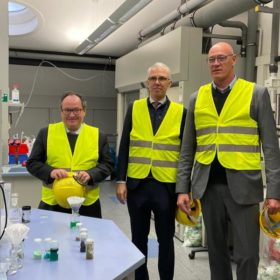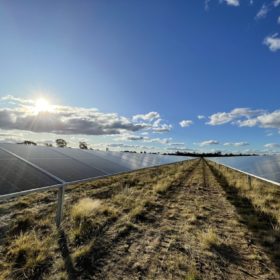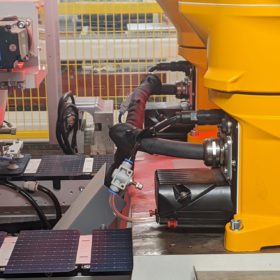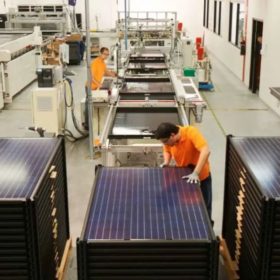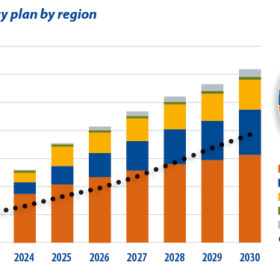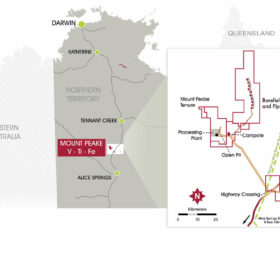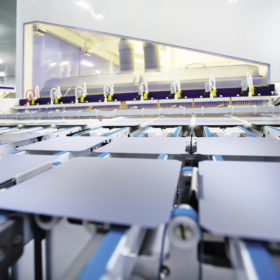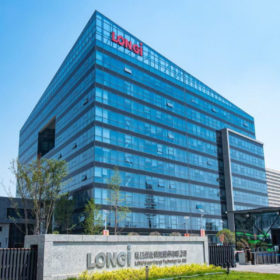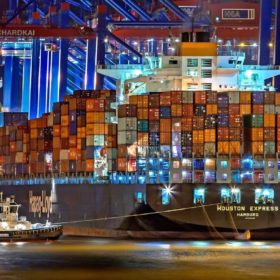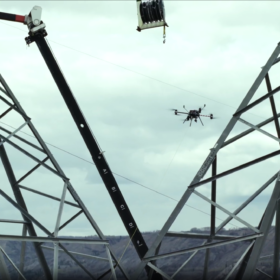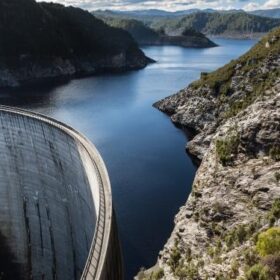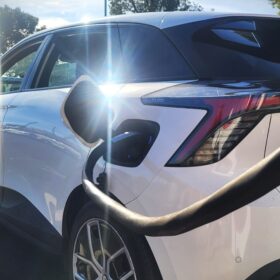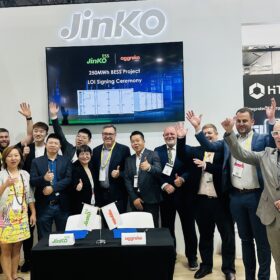Brisbane startup to build cathode material plant in Germany after securing EU funding
University of Queensland spin-off Pure Battery Technologies which has developed a greener, cheaper process for refining critical battery materials has received a $57.45 million (USD 38.5 million) loan from the European Investment Bank to build a demonstration plant in Hagen, west Germany.
PVH’s success in Australia: ‘There are no obvious choices for us’
PV Hardware has become a leading solar tracker manufacturer in Australia, a market renowned for its growth, opportunities and difficulty. Pv magazine spoke to Alejandro Cantos, director of PVH for the Asia-Pacific region.
Feds focus on renewables with $15 billion manufacturing fund
The Australian government will commence talks with investors and industry this week on the formation of a $15 billion (USD 10.2 billion) national reconstruction fund that aims to boost investment in onshore manufacturing, including the production of solar panels, batteries and hydrogen electrolysers, and components for wind turbines.
Domestic supply chains would ‘benefit significantly’ from addressing modern slavery
On the back of the Covid-19 pandemic, geopolitical conflict and allegations of forced labour in sectors critical to the renewable energy transition, awareness of supply chain insecurity has rarely been higher. Seeking to strike while the iron is hot, the Clean Energy Council and law firm Norton Rose Fulbright have published a white paper arguing that Australia’s own renewable energy supply chains could “benefit significantly” by a more concerted effort to address modern slavery.
Tindo’s sales skyrocket as consumers turn to homegrown solar
Australia’s only solar panel manufacturer, Tindo Solar, has announced a doubling of sales for both solar panels and battery storage in recent months. The manufacturer attributes the boom to the concatenation of rising energy costs, a potential recession, and increasing consumer awareness about the importance of buying quality products.
Weekend read: the scramble for lithium
Electric vehicle and stationary energy storage companies have experienced battery cell shortages this year. InfoLink predicts overcapacity in 2024, but the concentration of production in China means customers elsewhere are mulling deals with miners.
Shareholder activist ousts leadership of critical metal hopeful with major vanadium project
Described as a “masterclass” in shareholder activism, Perth-based mining technology company TNG Limited, owner of the major vanadium Mount Peake Project, has had its leadership team collapse with former AFR columnist elected as the new director, winning 95% of the vote during the company’s AGM.
Polysilicon prices trending downward
PV InfoLink says polysilicon prices are clearly starting to fall. Meanwhile, Longi has lowered the prices of all wafers, and JA Solar has unveiled plans to build a new 10 GW factory.
Risen, Longi announce new solar factories
Risen and Longi have revealed plans to each build 10 GW factories, while Canadian Solar has reported solid earnings and Daqo has secured a big polysilicon order.
Freight costs edge toward 4% of solar module costs, near pre-pandemic levels
Freight costs fell for the 39th straight week to account for roughly 4% of solar module costs – close to pre-pandemic levels. PV consultant Asier Ukar tells pv magazine that this trend will likely continue over the short term.
